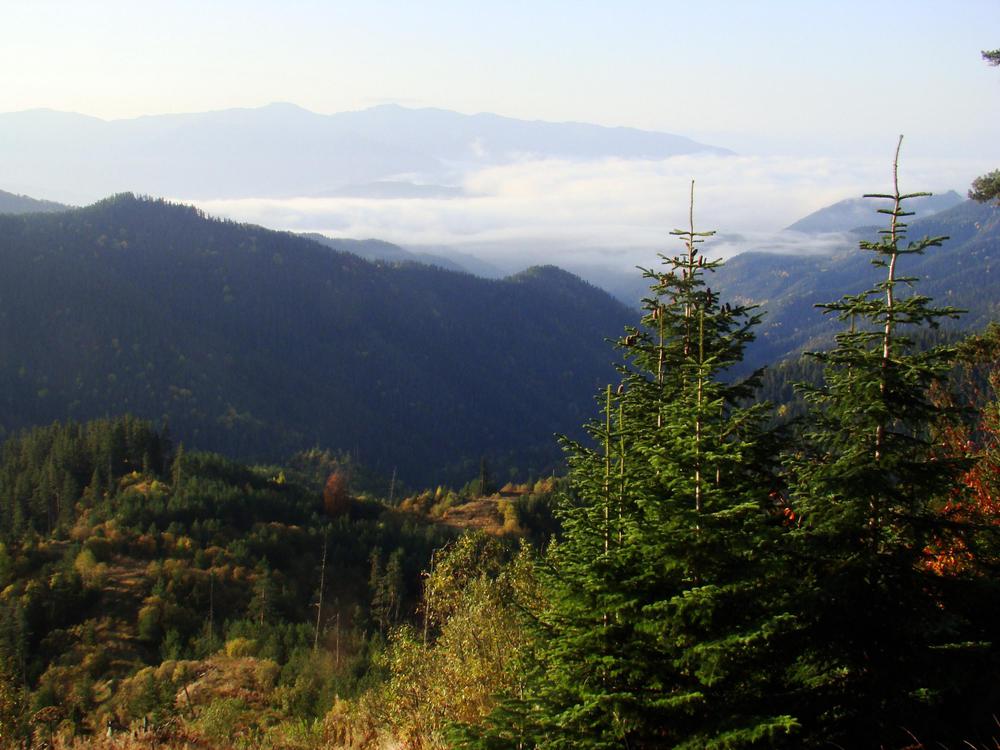Nestled in the northeastern part of Georgia, bordering Azerbaijan and Russia, the Lagodekhi Nature Reserve is a testament to the untamed beauty and rich biodiversity of the Caucasus region. Covering approximately 24,451 hectares (60,350 acres), this reserve, one of Georgia's oldest, offers a rare glimpse into the vibrant wildlife and pristine ecosystems of the area. This article delves into the experience of wildlife watching in Lagodekhi, highlighting the reserve's diverse species, best practices for observation, and the impact of sustainable tourism on this natural haven.
Unveiling the Fauna of Lagodekhi
Lagodekhi's diverse ecosystems, ranging from dense forests to alpine meadows, create a habitat for an array of wildlife species, making it an ideal destination for wildlife enthusiasts. The reserve is a sanctuary for mammals like the Caucasian Red Deer (Cervus elaphus maral), notable for its impressive size and stature, and predators such as the Eurasian Lynx (Lynx lynx) and the elusive Brown Bear (Ursus arctos). Smaller mammals, including the Caucasian Squirrel and various species of bats, also inhabit the area, contributing to the ecological richness.
Birdwatching is a particularly rewarding activity in Lagodekhi, with over 150 bird species recorded. The reserve is home to the Caucasian Black Grouse (Tetrao mlokosiewiczi) and the Green Warbler (Phylloscopus nitidus), among other species. The varying altitudes and habitats within the reserve create opportunities to observe a wide range of avian life, from forest-dwelling birds to those adapted to the higher alpine environments.
The Flora: Supporting the Fauna
The flora of Lagodekhi is as diverse as its fauna, providing essential habitats and food sources for the resident wildlife. The forests are a mix of deciduous and coniferous trees, including beech, oak, and spruce. This rich vegetation supports a variety of life forms and adds to the reserve's scenic beauty, enhancing the wildlife watching experience.
Ethical Wildlife Watching Practices
When engaging in wildlife watching, visitors are encouraged to follow ethical guidelines to ensure minimal disturbance to the natural habitats. This includes maintaining a safe distance from animals, using binoculars or cameras with zoom lenses for close-up views, and refraining from feeding or attempting to interact with the wildlife. These practices are essential for the protection of both the animals and the visitors.
Trails and Hiking: Accessing Wildlife Habitats
Lagodekhi offers several trails that provide access to different habitats within the reserve, each offering unique wildlife watching opportunities. The Black Rock Lake Trail, leading to an alpine lake at about 2,800 meters (9,186 feet), and the Grouse Waterfall Trail are among the most popular. These trails are not only pathways into the heart of the reserve but also serve as corridors to observe the diverse wildlife in their natural settings.
Best Times for Wildlife Watching
The best time to visit Lagodekhi for wildlife watching varies with the species of interest. Generally, spring (April to June) and autumn (September to November) are ideal for bird watching, when migratory species pass through the area, and resident birds are more active. For mammal enthusiasts, early summer and late autumn are the best times to spot larger species as they are more visible during these periods.
The Role of Sustainable Tourism
Sustainable tourism plays a crucial role in the conservation of Lagodekhi's wildlife. By promoting responsible travel practices and involving local communities in tourism activities, the reserve ensures that the benefits of tourism contribute to conservation efforts and economic development in the region. Tourists, by choosing eco-friendly tours and accommodations, can actively participate in these conservation efforts.
Accommodations and Facilities for Tourists
The area around Lagodekhi offers various accommodations, from campsites for nature enthusiasts to guesthouses providing comfortable stays. These facilities enable visitors to immerse themselves in the natural beauty of the reserve and enjoy extended wildlife watching experiences.
Getting to Lagodekhi
Located a drive away from Tbilisi, the reserve is accessible by road, with the journey itself offering picturesque views of the Georgian countryside. Visitor centers in the reserve provide essential information, maps, and guidelines, ensuring a well-informed and safe wildlife watching adventure.
In conclusion, wildlife watching in Lagodekhi Nature Reserve is an extraordinary experience, offering intimate encounters with the diverse fauna of the Caucasus. The reserve's commitment to sustainable practices and the active involvement of local communities in conservation efforts make it a model for eco-tourism. For those seeking to connect with nature and observe wildlife in its natural habitat, Lagodekhi is an unmissable destination.


 Flora and Fauna of Georgia
Flora and Fauna of Georgia
 Caucasian Leopard Trails
Caucasian Leopard Trails
 Javakheti Plateau Birds
Javakheti Plateau Birds
 Brown Bear Habitats in Georgia
Brown Bear Habitats in Georgia
 Endemic Species in Vashlovani National Park
Endemic Species in Vashlovani National Park
 Mountain Flowers of Georgia
Mountain Flowers of Georgia




